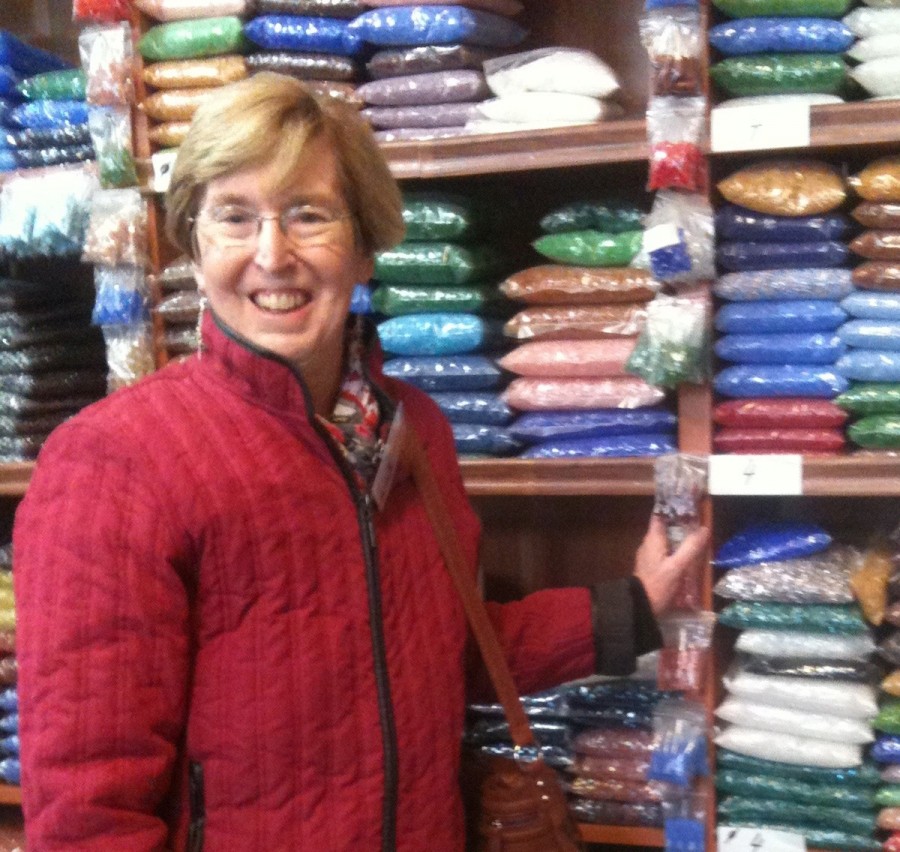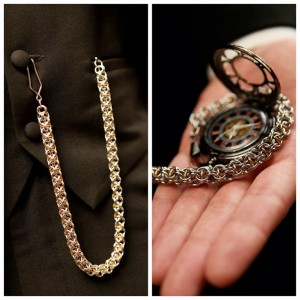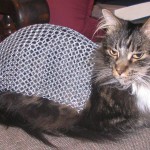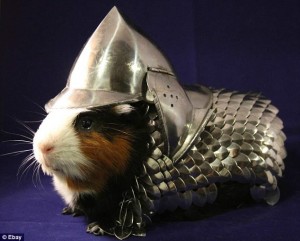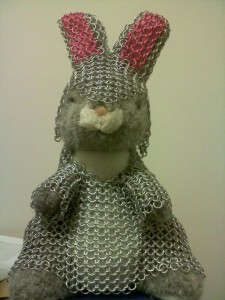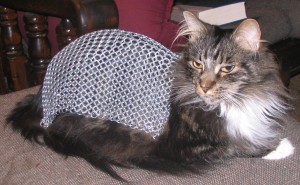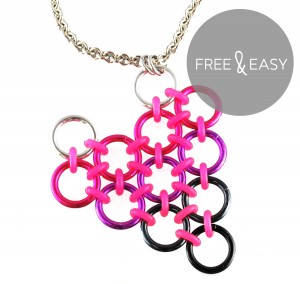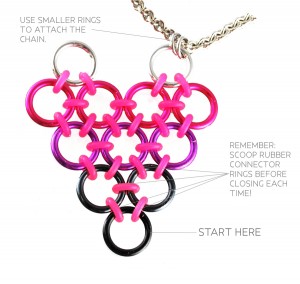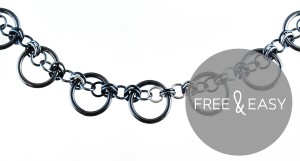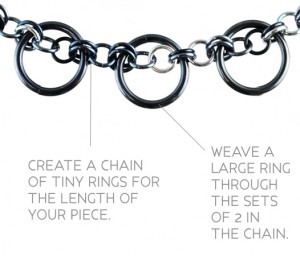Every now and then a person comes into my life who radiates such loving and positive energy, I can’t help but take notice. When I’m with these people, I am touched by their inner beauty, and I realize all I want to do is smile and hug them. Heck, they make me want to hug everyone! I reflect on my life and consider how I could be a better person, more like them. I am grateful that I had the chance to connect with them, and hope that I’m able to inspire others as they inspire me.
 One of these people was Genie Jackson. She passed away last December, and even though I hadn’t seen her in nearly a year, I felt an incredible sense of loss, not only for me, but for the chainmaille industry as a whole. She was an amazing person, capable of touching so many. Genie was one of the biggest chainmaille fans I’ve ever met, and her unsung contributions to this industry are simultaneously modest and extraordinary.
One of these people was Genie Jackson. She passed away last December, and even though I hadn’t seen her in nearly a year, I felt an incredible sense of loss, not only for me, but for the chainmaille industry as a whole. She was an amazing person, capable of touching so many. Genie was one of the biggest chainmaille fans I’ve ever met, and her unsung contributions to this industry are simultaneously modest and extraordinary.
I met Genie at the Bead&Button show in 2008. She had signed up for one of my classes, but had to cancel due to chemotherapy. As it turned out, she wound up being well enough to travel to Wisconsin, so she came to the show and stopped by the booth. I was instantly struck by how energetic she seemed, chemo or no! She bought some earrings from me at the booth, and later in the year contacted me for a few custom and one-of-a-kind pieces, including the niobium pendant shown below. During the next few years, she took several classes from me and purchased additional jewelry pieces.
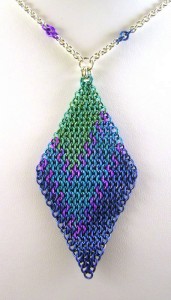
Here’s the thing, though. Genie wasn’t just a fan of my jewelry or teaching. She loved chainmaille, pure and simple. She also took classes and purchased jewelry from Kat Wisniewski of Elemental Art Jewelry, Spider of Spiderchain.com and Vanessa Walilko of Kali Butterfly. Talk about sharin’ the love! Through her simple act of purchasing from and making connections with a variety of artisans, she helped support the craft in a way that few do.
Each of these folks has just as fond memories of Genie as I do:
Kat – “Genie was a big fan and supporter of my finished jewelry and my published projects. She commented regularly on my business FB page and purchased new finished jewelry items – such as the glass ring piece below – as soon as I launched them. She was also so kind and I’m glad I met her in person years ago.”
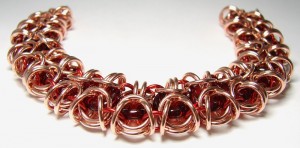
Vanessa – “She ordered two sets of earrings/necklace/bracelet from me, including the scalemaille necklace with bells shown below. It always means so much to me to have repeat customers, that they’re happy enough with my jewelry to want more. She ordered from me when I was just starting out, and it meant a whole heck of a lot to me.”
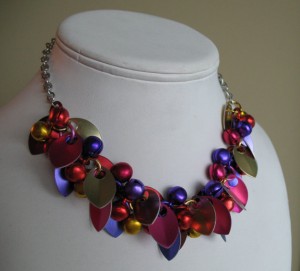
Spider – “Genie made this basket for [my daughter] Kayla in September 2006 as a “memory basket.” The necklace was from late 2011. She loved hearing stories of Kayla’s adventures with beads and jump rings. *sniffle*”
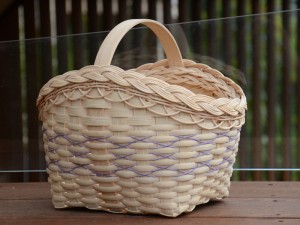
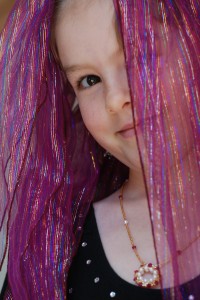
Genie has likely purchased from other maillers, too. And, I believe she also supported handmade glasswork; when I went to Florida to do a class at her local bead store, she gifted me with a bracelet she’d made out of maille and beads from one of her favorite glass artists. So, if you’re another artisan who felt support and appreciation from Genie, please leave a comment; I’d love to hear from you!
Genie, we are all so glad we had the chance to meet you. I want to thank you for your wonderful support of the maille industry, and for your happy energy in so many of my classes. I can still hear your voice, and it brings a smile to my face. You are missed – I think you touched us more than you ever knew.
